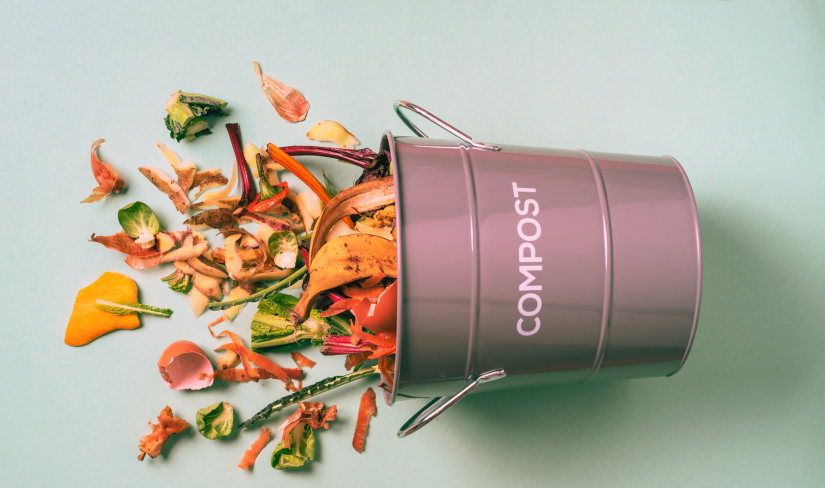Tomatoes are a staple in many gardens, prized for their versatility and delicious flavor. Whether you’re a seasoned gardener or a learner, successfully growing tomatoes requires attention to timing, watering practices, and soil preparation. Let’s explore the specifics of when to plant tomatoes, the best watering techniques, and how to ensure your soil is primed for a bountiful harvest.
Watering-
Proper watering is essential for the health and productivity of tomato plants. Tomatoes require consistent moisture to thrive, but overwatering can lead to issues such as root rot and fungal diseases. Here are some tips for watering tomatoes effectively:
- Deep Watering- Water deeply and infrequently to encourage strong root development. Aim to provide 1 to 1.5 inches of water per week, either through rainfall or irrigation.
- Water at the Base- Direct water at the base of the plants rather than overhead to prevent wetting the foliage, which can increase the risk of disease.
- Mulching- Apply a layer of organic mulch, such as straw or shredded leaves, around the base of the plants to help retain soil moisture and suppress weeds.
- Monitor Soil Moisture- Regularly check the soil moisture level by inserting your finger into the soil near the base of the plants. Water when the top inch of soil feels dry.
Soil Preparation
Tomatoes thrive in well-drained, nutrient-rich soil. Here’s how to prepare your soil for planting tomatoes:
- Choose a Sunny Location- Select a sunny spot in your garden that receives at least 6-8 hours of sunlight per day.
- Test Your Soil- Before planting, test your soil’s pH and nutrient levels. Tomatoes prefer slightly acidic soil with a PH between 6.0 and 6.8. Amend the soil as needed to adjust the PH.
- Amend with Organic Matter- Work plenty of organic matter, such as compost or aged manure, into the soil to improve its structure and fertility. This will help retain moisture and provide essential nutrients for healthy plant growth.
- Provide Support- Install tomato cages, stakes, or trellises to support the plants as they grow. This will help prevent the heavy fruit-laden branches from bending or breaking.
Time from Planting to Harvest: The time it takes from planting tomato seeds or seedlings to harvesting ripe tomatoes depends on several factors, including the tomato variety, growing conditions, and climate. However, on average, you can expect the following timeline:
- Seed Germination- Tomato seeds typically germinate within 5 to 10 days when provided with adequate warmth (around 70-80°F or 21-27°C) and moisture.
- Seedling Stage- After germination, tomato seedlings will continue to grow for about 6 to 8 weeks before they are ready to be transplanted into the garden. During this stage, they should be provided with plenty of sunlight or artificial light, and they may need to be watered regularly to keep the soil evenly moist.
- Transplanting- Once the seedlings have developed their true leaves and are several inches tall (usually around 6-8 inches or 15-20 cm), they can be transplanted into the garden. This typically occurs when the soil has warmed up and there is no longer a risk of frost, usually in late spring or early summer.
- Vegetative Growth- After transplanting, tomato plants will enter a period of vegetative growth, during which they will continue to develop foliage and establish a strong root system. This stage typically lasts for about 4 to 6 weeks.
- Flowering- Once tomato plants reach a certain size and maturity, they will begin to produce flowers. These flowers will eventually develop into fruit. The time from flowering to fruit maturity varies depending on the tomato variety but generally ranges from 40 to 60 days.
- Fruit Development- After pollination, the tomato flowers will start to form small green fruits, which will gradually increase in size and ripen over time. The exact time it takes for tomatoes to ripen depends on the variety, but it typically ranges from 50 to 85 days from transplanting.
Overall, from planting seeds or seedlings to harvesting ripe tomatoes, the process usually takes anywhere from 60 to 100 days, with some varieties taking longer than others. It’s important to note that factors such as weather conditions, soil fertility, and pest management can also influence the timeline for tomato growth and ripening.













0 Comments